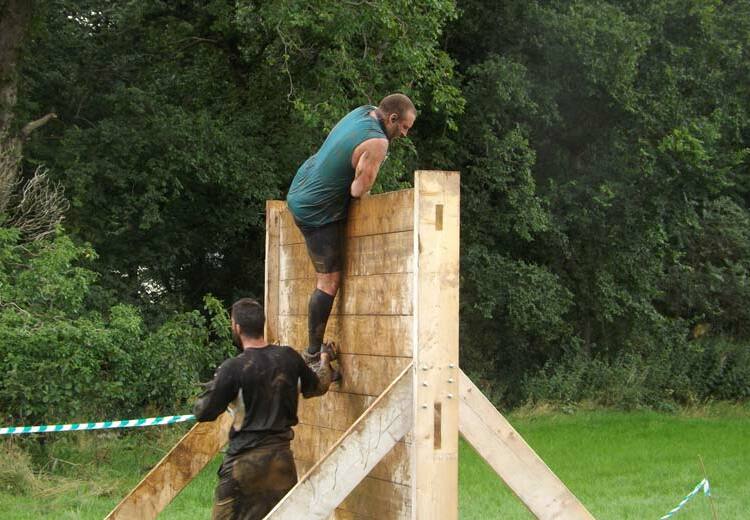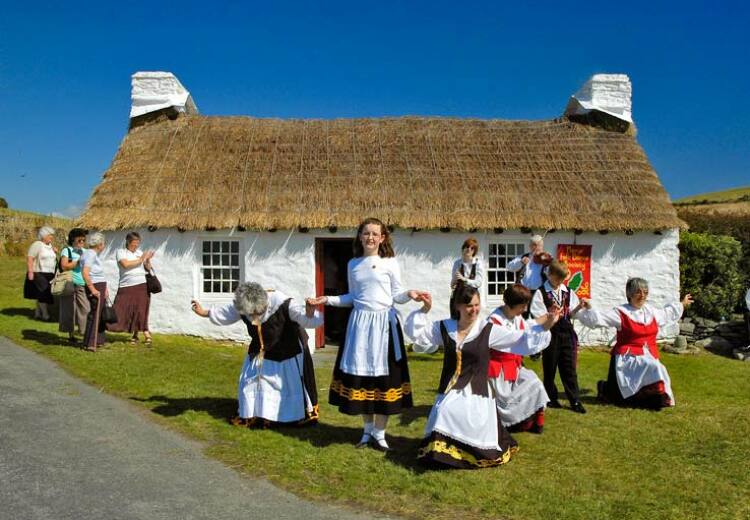THE precise date of the first ever meeting of Tynwald, held by the Vikings in the 9th century, is not known, but it is generally believed to have been held annually in the summer months so that as many members of the public as possible were given the chance to attend.
The word “Tynwald” is Scandinavian – translated, it means “assembly place” or “parliament field”. All over the Isle of Man there are many examples of names with Norse origins – both place names and personal names.
The villages of Sulby and Laxey are both Norse, as are the surnames Corkill and Costain - which are widespread throughout the Isle of Man.
Tynwald pre-dates Westminster and all other forms of government in Europe by many centuries and is the longest continually running parliament on earth.
The Vikings established similar assemblies wherever they settled. For example, there is the town of Dingwall in Northern Scotland which has the same roots. There are also two towns called Tingwall - in both the Orkney and Shetland Isles - and, near Dumfries in the Scottish borders, there is actually a village called Tinwald.
Integration into the Isle of Man way of life is shown by Norse and Gaelic names appearing together on carved stone crosses at the many ancient monuments around the Island. Although the initial arrival of the Vikings was known to be a violent moment in the Island’s history, it is clear that the Norsemen were very happy living here and they eventually settled into a life of framing, fishing and trading.
Tynwald was originally an open air ceremony, held just once a year, when the laws were promulgated and read aloud to the assembled Manx public. It was also a time when punishments were handed down to those who broke the laws. Violent outbreaks at Tynwald were not uncommon.
However, very little is known of the early Tynwald ceremonies which were not held at St John’s, but at a number of other venues including Castle Rushen, Peel Castle, Kirk Michael and Baldwin. The remains of two tiered mounds similar in style to Tynwald Hill can be seen close to St Mark’s church in Baldwin and at Bishopscourt Glen, Kirk Michael.
One of the few written documents proving its existence comes from the Chronicles of the Kings of Man and the Isles for 1077, which says: “...a convention of all the Manx people took place at Tynwald.”








